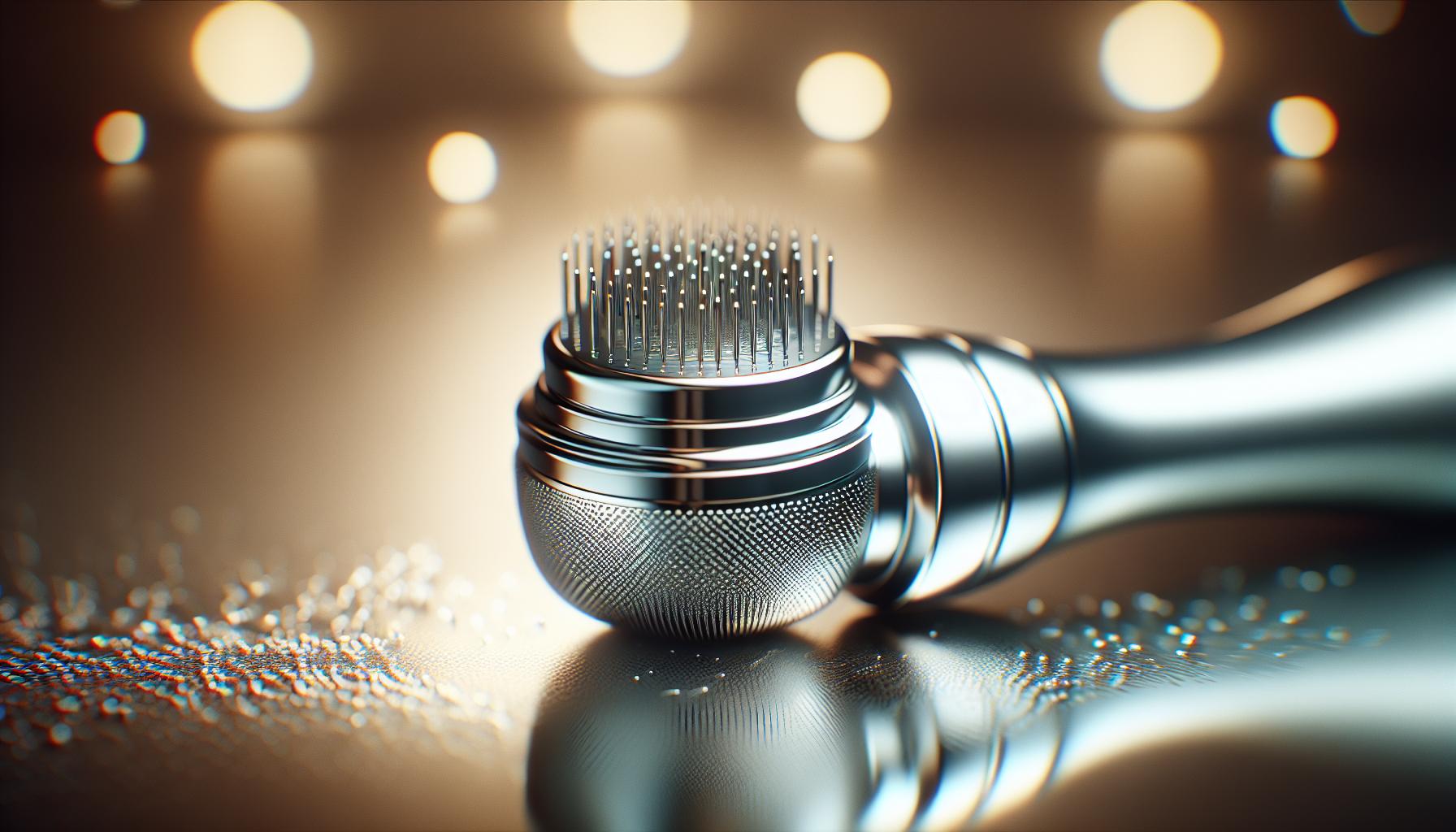
If you’re exploring skincare options that promise rejuvenation and a youthful glow, you might have stumbled upon microneedling. A popular treatment in the beauty world, microneedling can seem a bit mysterious if you’re not familiar with it. Let’s break it down into bite-sized pieces to help you decide if it might be right for you.
Contents
What Is Microneedling?
Microneedling, sometimes known as collagen induction therapy, involves using a device covered with tiny, shallow needles to puncture the skin. Sounds intimidating, right? But think of it as a way to prime your skin, a bit like aerating your lawn to promote growth. This process creates microscopic injuries that trigger your skin to produce more collagen and elastin, essential proteins that keep your skin firm and smooth.
The Benefits of Microneedling
Why do people opt for microneedling? Here are some of the top benefits:
- Boosts Collagen Production: Microneedling enhances collagen stimulation, which can improve skin texture and reduce the appearance of fine lines and wrinkles.
- Improves Skin Tone: By prompting the skin’s natural healing process, microneedling can lead to a more even skin tone and reduce hyperpigmentation.
- Acne Scar Treatment: It’s particularly effective for reducing the appearance of acne scars by smoothing out the skin’s surface.
- Increases Product Absorption: After microneedling, your skin is more receptive to skincare products, making treatments like serums more effective.
Potential Risks and Side Effects
While microneedling offers numerous benefits, it’s essential to be aware of the potential risks. Here’s what you should know:
- Redness and Irritation: Post-treatment, you might experience some redness and minor irritation, similar to a mild sunburn.
- Infection Risk: If not done properly, there’s a risk of infection. Always ensure that treatments are performed by a professional using sterile equipment.
- Not Ideal for Everyone: Individuals with certain skin conditions such as eczema or rosacea should avoid microneedling.
It’s crucial to consult with a dermatologist or skincare professional before deciding to undergo microneedling to assess its suitability for your skin type.
Microneedling vs. Other Treatments
You might be wondering how microneedling compares to other cosmetic procedures, like chemical peels. While both aim to rejuvenate the skin, they work differently. Chemical peels use acids to exfoliate the outer skin layers, while microneedling promotes collagen production from within. Some people prefer microneedling for its ability to target deeper skin issues without the harsh effects of chemicals. However, the best treatment depends on your specific skin needs and goals. Here’s a detailed comparison that might help you decide.
What to Expect After a Microneedling Treatment
Following a session, your skin might feel sensitive. Here’s a quick rundown of the microneedling recovery process:
- Immediate Aftermath: Redness similar to sunburn which typically subsides within a few days.
- Moisturize and Hydrate: Keep your skin hydrated and use gentle skincare products.
- Avoid the Sun: Protect your skin from the sun using a broad-spectrum SPF.
With patience, you can expect to see noticeable improvements in skin texture and tone after a few sessions, typically spaced about a month apart.
Conclusion
Microneedling might be the ideal treatment if you’re looking to boost collagen, reduce acne scars, and rejuvenate your skin. However, like any skincare procedure, it’s not one-size-fits-all. Take the time to consult with a skincare professional to ensure it aligns with your skin goals and health.
FAQ
Is microneedling safe for sensitive skin?
Generally, microneedling is safe for various skin types, but sensitive skin may experience more pronounced redness and discomfort. Consult a dermatologist to determine if it’s right for you.
How often should I get microneedling?
For optimal results, treatments are typically recommended every 4-6 weeks. Your skincare professional can tailor a plan based on your skin’s response and personal goals.
Can I perform microneedling at home?
Home microneedling devices are available, but they carry higher risks if not used correctly. Treatments performed by professionals are safer and more effective.
To enhance your internet search, focus on finding professionals with strong reviews and ensure you discuss your expectations and concerns before undergoing any treatment.


